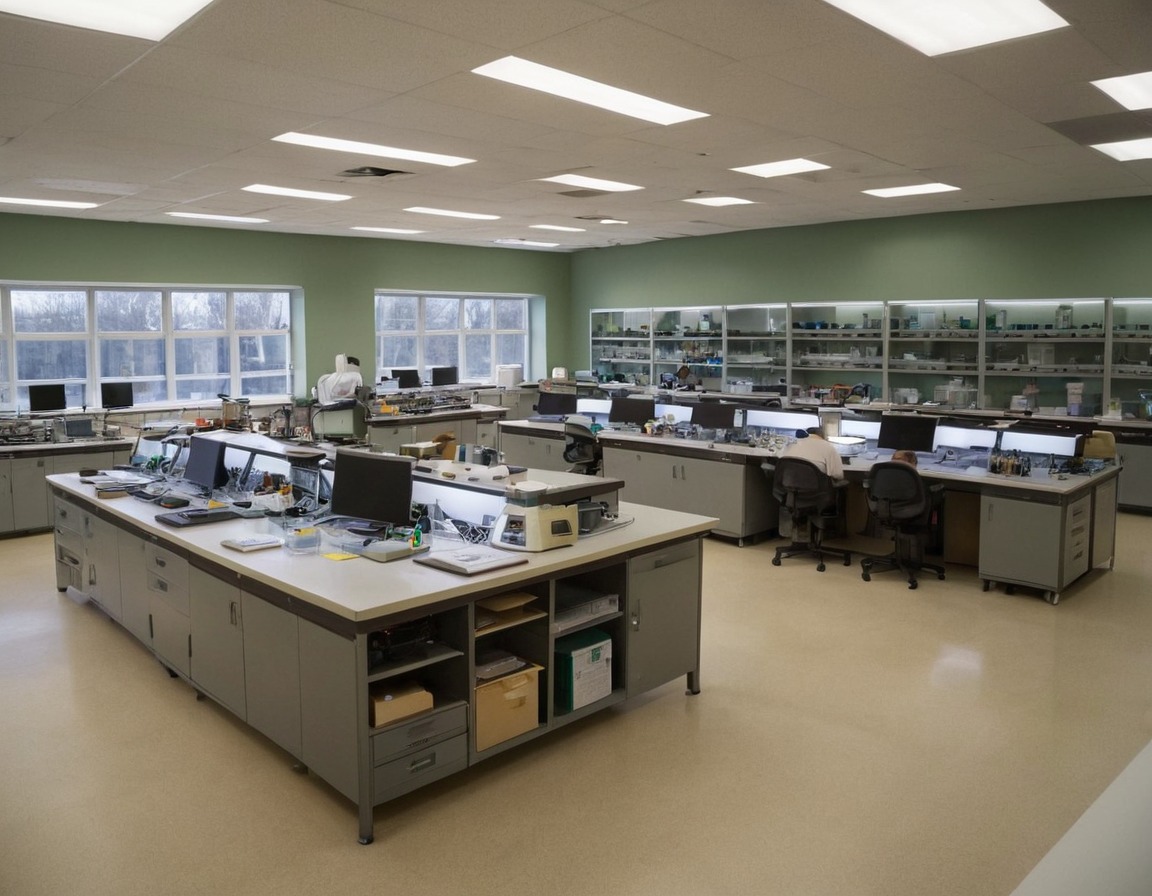Saving Time in the Lab: Automating Research Logs for Science Majors
Originally published on ResearchWize.
Saving Time in the Lab: Automating Research Logs for Science Majors
Discover all of ResearchWize’s features to supercharge your academic workflow.

For science majors, maintaining accurate and comprehensive research logs is essential yet time-consuming. With the advent of automation tools, students can enhance productivity while ensuring their research logs are meticulously maintained. This article provides a guide to automating research logs, helping students focus more on experimentation and less on documentation.
Why Automate Research Logs?
Automating research logs offers multiple benefits:
- Efficiency: Automation reduces the time spent on manual data entry.
- Accuracy: Minimizes human errors, ensuring data integrity.
- Consistency: Ensures uniformity in data recording.
- Focus: Allows students to concentrate on critical analysis rather than mundane tasks.
Steps to Automate Research Logs
1. Identify Your Needs
Begin by assessing your research process to identify areas that will benefit from automation. Consider the types of data you collect, the frequency, and the format in which it is recorded. Understanding your specific needs is crucial for selecting the right tools.
2. Choose the Right Tools
Select tools that integrate well with your existing workflow. Consider software that can automate data entry, offer cloud storage, and provide analytical capabilities. Popular choices include:
- Spreadsheet Automation Tools: Automate data entry and calculations.
- Data Collection Software: Capture data directly from experiments.
- Project Management Platforms: Organize and track research tasks.
3. Set Up Data Collection Systems
Implement systems that automatically collect and log data. For example, sensors or lab equipment can be configured to send data directly to your digital logs. Ensure that your tools are compatible with the data sources you use.
4. Create Automated Workflows
Develop workflows that automate repetitive tasks. Here’s a simple example workflow:
- Connect lab equipment to a data collection software.
- Set triggers for data capture (e.g., time intervals or specific events).
- Automate data transfer to your research log platform.
- Implement alerts for anomalies in data collection.
5. Regularly Review and Adjust
Periodically review your automated systems to ensure they meet your research requirements. Adjust workflows as needed to accommodate changes in research focus or new data types.
Common Pitfalls and How to Avoid Them
Overcomplicating Workflows
While automation can handle complex tasks, overcomplicating workflows can lead to inefficiencies. Start simple and gradually build complexity as needed. Ensure each step in the workflow has a clear purpose.
Ignoring Data Security
Automated systems often involve cloud storage, which can be vulnerable to breaches. Always prioritize data security by using secure platforms, enabling encryption, and regularly updating software to patch vulnerabilities.
Insufficient Testing
Before fully implementing automated logs, thoroughly test your workflows to ensure they function correctly. This helps prevent data loss and errors in the early stages of research.
Real-World Examples of Automation in Research Logs
Case Study: Biology Lab Automation
A university biology lab automated their research logs by integrating sensors with data management software. This setup allowed for real-time data capture and analysis, reducing the time researchers spent on manual entries by 40%. The automation also improved data accuracy, providing consistent results across experiments.
Case Study: Chemistry Research Efficiency
Chemistry students used spreadsheet automation tools to streamline their data calculations and visualizations. By automating repetitive calculations, they saved significant time and reduced errors, allowing them to focus more on experimental design and interpretation.
Conclusion
Automating research logs is a practical solution for science majors looking to optimize their lab work. By following the steps outlined and being mindful of potential pitfalls, students can enhance their research efficiency and accuracy. As technology continues to evolve, embracing automation in academic settings will become increasingly essential for success.

- AI Flashcard Generator (Chrome)
- Summarize PDF AI Tool (Chrome)
- Essay Outline Generator (Chrome)
- Best Chrome Summarizer Extension
- Alternatives to ChatPDF
- Chrome Extension for Students
- Install Extension
- See All Features
Ready to Level Up Your Research?
Install ResearchWize and transform how you study, write, and research.
Install ResearchWize Now
Comments
Post a Comment